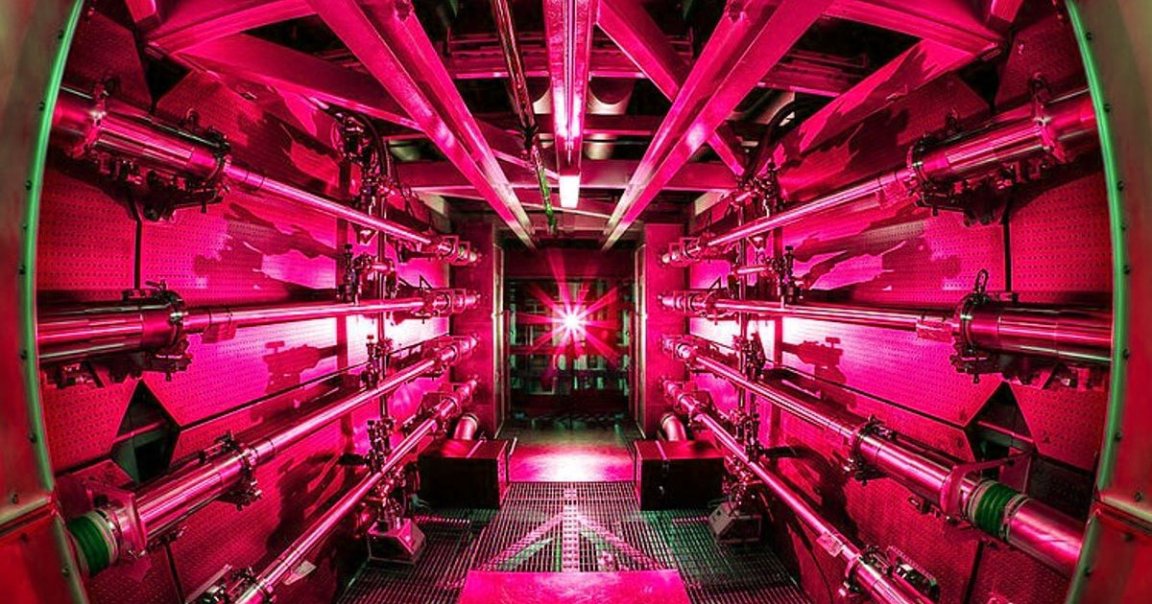
Earlier this month, researchers at the Lawrence Livermore National Laboratory claimed to have achieved a world’s first: generating more energy with a fusion reaction than they put into it.
The feat has long been called the “holy grail” of fusion power, and a potentially significant waypoint on the road to generating practical electricity in fusion power plants.
But as experts argue in a number of new letters published by The Guardian, the breakthrough may be too little, too late. Worse yet, the kind of technology developed by the Livermore lab could pave the way for the production of even deadlier nuclear weapons.
In simple terms, argued environmentalist and renewable energy specialist Mark Diesendorf from the University of New South Wales in Australia, we’re too far out from feasible fusion power production, running the risk that the tech could be a superfluous red herring.
“To go from break-even, where energy output is greater than total energy input, to a commercial nuclear fusion reactor could take at least 25 years,” he wrote. “By then, the whole world could be powered by safe and clean renewable energy, primarily solar and wind.”
Chris Cragg, a freelance journalist who specializes in energy and environmental issues, agreed that the development of feasible fusion reactors could take a long time, writing in a separate letter that a “true fusion power station is unlikely to be running before my grandchildren turn 70.”
“After all, it has taken 60-odd years and huge amounts of money to get this far,” he added, referring to the fact that scientists have been trying to crack the code since the 1950s. (Officials from the US Department of Energy have a more optimistic timetable, suggesting the first fusion pilot plant could start operations “in the early 2030s,” according to a recent report.)
Worse yet, as Diesendorf argues, laser fusion systems, like the one used by the researchers at the Livermore lab, could be used to “produce neutrons that can be used to produce the nuclear explosives plutonium-239, uranium-235 and uranium-233.”
In other words, future fusion reactors could provide military powers with new ways of generating the raw materials for nuclear bombs.
It’s not exactly a stretch either, considering the Livermore lab has a long history of working on nuclear weapons. The facility was founded in 1952 in response to the Soviet Union detonating an atomic bomb in 1949.
In any case, the clock is ticking. While scientists are still poring over the results from this month’s experiment, the planet is facing a climate crisis of growing proportions.
Whether fusion will be part of the answer to our climate woes remains to be seen. Scientists certainly still have a lot left to prove, with or without breakthroughs.
READ MORE: Nuclear fusion ‘holy grail’ is not the answer to our energy prayers [The Guardian]
More on the breakthrough: Scientists Now Plotting First Fusion Power Plant